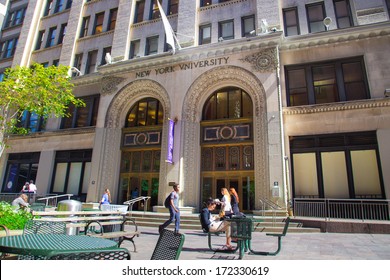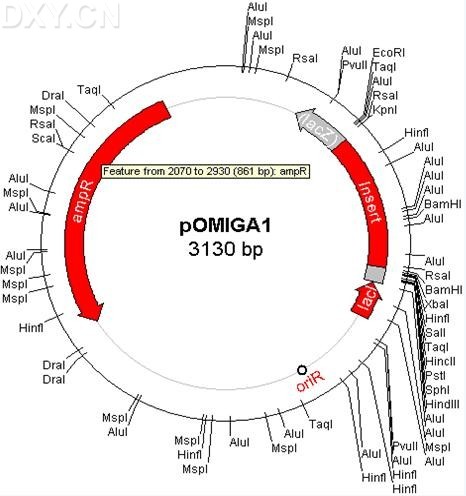
All spectra were collected over a chemical shift range ofġ2ppm in both dimensions, centered on the water signal. Mixing times of 60 ms for TOCSY and 175 ms -250 ms for NOESY and TOCSY, nuclear Overhauser effect spectra, NOESY, and rotatingframe nuclear Overhauser effect spectra, ROESY, were acquired with Two-dimensional proton double quantumfiltered correlation spectra, DQF-COSY, total correlation spectra, NMR spectra were acquired atĢ80 K using either a Bruker DRX-500 or a Bruker DRX-600 equipped The peptide solution of 1.7 mMĬoncentration was prepared in 90% H 2 0 and 10% D 2 0 at pH 4.5 inĪ 20mM Sodium phosphate buffer. The peptide was N-acylated and Camidated at its N and C terminus. The synthetic peptide FDTGAFDPDWPA was purchased fromĬell Essentials (Boston, MA). Structure of the peptide, we have used NMR spectroscopy. TheĪcidic residues may reflect the negative charge added to this epitope by Aromatic and hydrophobic residues are characteristically found in peptides that mimic carbohydrates [ 10-131. Obvious sequence homology, each peptide is largely hydrophobic,Īromatic, or acidic. Was eluted under alkaline conditions, while the peptide WENWMMGNA was eluted under acid conditions. Study in this manuscript, having the sequence FDTGAFDPDWPA,

Protective anti-CPSII1monoclonal antibody S9 [ 101. Two different peptides were isolated based upon specific binding to the Resemblance to the polysaccharide and that because of this resemblance, each elicits the same repertoire of antibodies. To the same preliminary conclusion, that the peptides bear a structural

Second, we have examined the antibodies elicitedīy the peptide and the carbohydrate antigens. However, the mechanism whereby a peptide may mimic a carbohydrateĪntigen is not understood. Peptide appears to be a true immunologic mimic of the CPSIII. Other anti-GBS antibodies, blocked the binding of CPSlll to the antibodies, and induced anti-CPS antibody upon immunization. We identified two different peptides thatīound to the antibody, one of which, FDTGAFDPDWPA, bound to We have used a highly protective monoclonal antibody to the typeġ11 CPS (CPSIII)to select peptide mimics of this antigen from a peptideĭisplay phage library [ 101. Such approaches include the use ofĪnti-idiotypic vaccines and peptides that mimic the carbohydrate However, until an effective vaccine is developed, alternative approaches will be tried. More recentlyĬPS-protein conjugates have been used and shown to induce a better Isolated polysaccharide is a T-independent antigen. Marginally effective in inducing antibody, largely because the InitialĪpproaches, using the CPS alone as the vaccine antigen, were only [4-61 and potential GBS vaccines have targeted this antigen. Polysaccharide (CPS) are protective against streptococcal infection It has been known for many years that antibodies to the capsular To adults who develop conditions that predispose them to infection. An alternative and cost-effective approach is the development ofĪ vaccine that may be administered to women of childbearing age and Neonatal disease, but implementation of this strategy has proven difficult. Selective intrapartum antibiotics is a n effective method of preventing Pathogen in adults with underlying disorders. Int Rev Immunol Downloaded from by Nyu Medical Center on 12/17/14 National Science Foundation support from EPSCoK and grant #950662O.Ĭorresponding author. *This work supported by research grant ROI A14471 1, training grant T32 A107465,Īnd instrumentation grant SIO RRI 3878 from the National Institutes of Health and Group B streptococci (GBS) are a major cause of neonatal sepsisĪnd meningitis and have also been identified as an important Solution and that the peptide and CPSlll elicit an overlapping repertoire of antibodies. That the peptide assumes a conformation that may be similar to that of the CPSlll in Next, we have produced monoclonal anti-peptide and anti-CPSII, antibodies, compared their fine specificity, and have sequenced them. First, we have examined the conformation of the peptide by N M R spcctroscopy in watcr. Invcstigate the molecular mechanisms underlying this peptide-carbohydrate mimicry in Group B streptococcal type 111 capsular polysaccharide (CPSII~).Īntibodies and can be used to immunize mice and produce anti-CPSIII.In this paper we We have previously shown that the peptide FDTGAFDPDWPA is a mimetic of the

Int Rev Immunol Downloaded from by Nyu Medical Center on 12/17/14ĭepartment of Microbiology,Montana State Universify, Bozeman, Reprints a v d a h l e directly liom the publisher 0 2001 OPA (Overseas Publishers Association) N.V.


 0 kommentar(er)
0 kommentar(er)
